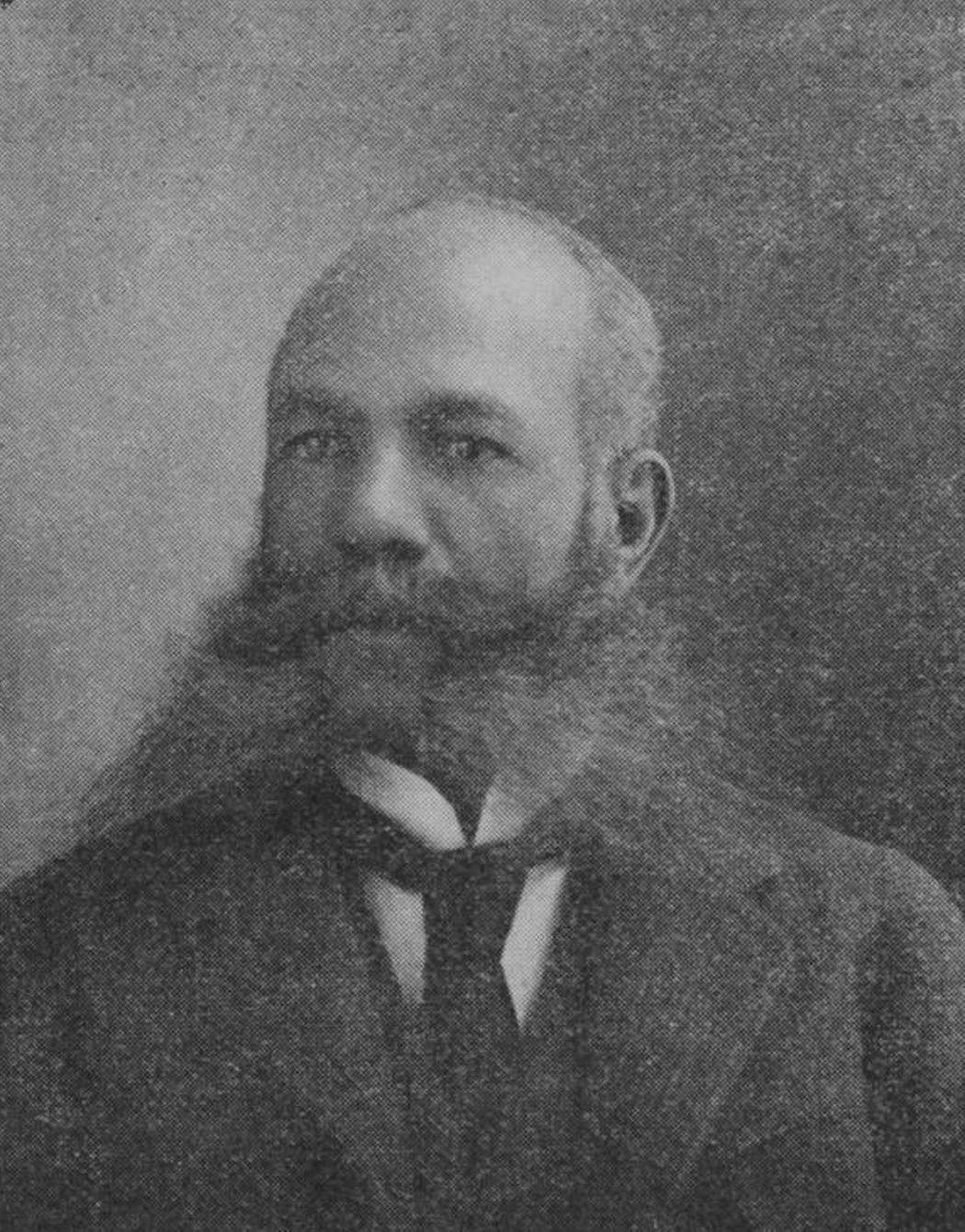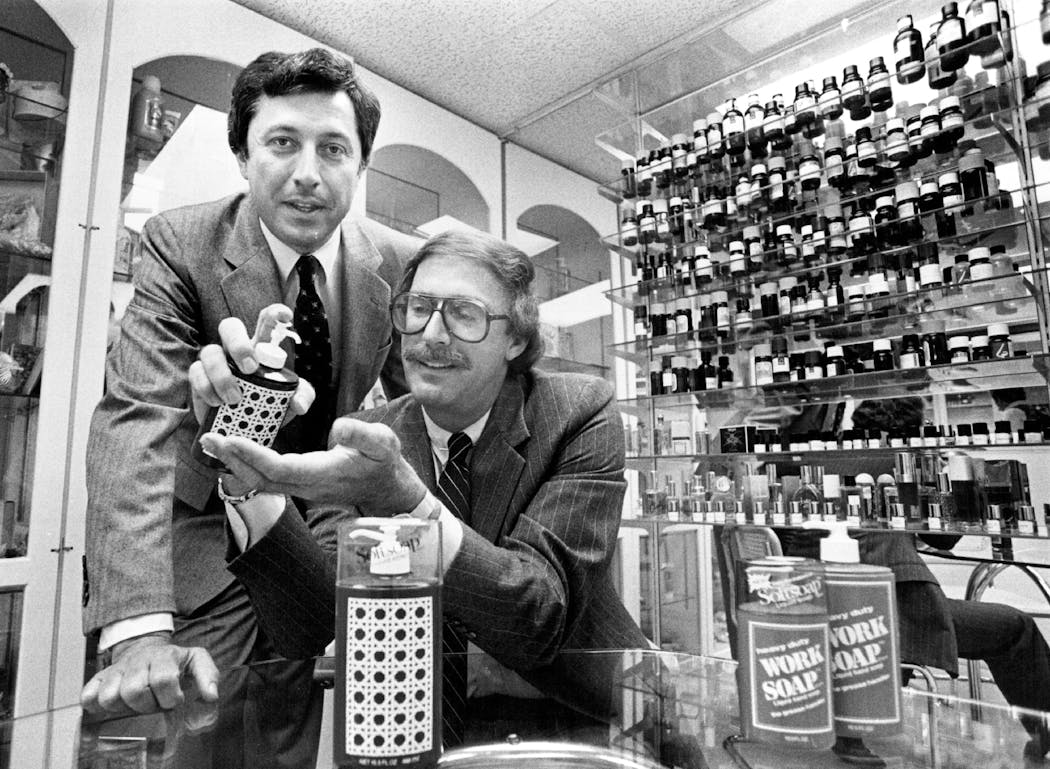Skid-steers, Softsoap and Nerf: 8 more Minnesota inventions that changed the world
Listen and subscribe to our podcast: Apple Podcasts | Spotify
Minnesotans have solved so many problems facing modern society that one article could not contain all these homegrown inventions.
The Star Tribune's reader-powered reporting project, Curious Minnesota, recently compiled a list of notable inventions that came from Minnesota. We invited our audience to tell us any that we missed.
We heard from readers and dug up a few more in the process of assembling this sequel, which still doesn't capture the full scope of the state's world-changing contributions.
Bobcat / skid-steers
Farm work and construction projects are a lot easier today thanks to the Keller brothers of Rothsay, Minn. Cyril and Louis Keller were running a machine shop in 1957 when a turkey farmer approached them looking for a better way to handle his growing poultry operation.
The farmer "was finding it more difficult to get the manure cleaned out of his turkey barns," Louis' son Joe Keller recounted in a family history. "Standard loader tractors couldn't be used because of their limited maneuverability, plus they were too heavy to operate on the second story."
It took just six weeks to put together the first three-wheel front-loader using parts from junkyards, and bars from the old Rothsay jail, according to the National Inventors Hall of Fame.
The skid-steer was a hit with poultry farmers and attendees of the 1958 Minnesota State Fair. Manufacturing moved to North Dakota not long after, and the first four-wheeled Bobcat skid-steer hit the market in 1962. Bobcat is now a multinational company with its U.S. headquarters in West Fargo, N.D.
Infant changing tables
Infant changing tables are a staple of restrooms across the country. Minnesotan Timothy Burt invented the fold-down changing stations in 1985 and received his first patent for them in 1989. He wrote to Curious Minnesota about how the idea developed.
"A friend of mine, Glen Cook from Brainerd, was a top executive for the McDonald's corporation at that time, and we sat down and talked about why they needed them in their restrooms," Burt wrote. "Glen put them in a trial run for a year, and after no incidents, they gave us permission to sell them to McDonald's nationwide."
Burt said he sold the majority share in the Diaper Deck in 1991 to focus on his true calling — the ministry.
"I worked for five years pioneering this industry, trying to convince the powers that be that they were greatly needed," he wrote. "The rest is history."
Automatic elevator doors
A Duluth barber named Alexander Miles invented a crucial piece of technology we take for granted every time we walk on or off an elevator. Before 1887, doors for both an elevator shaft and the elevator itself were manually opened by either an operator or the passengers.
"There were many examples of people accidentally falling to their death through the shaft," the Massachusetts Institute of Technology recounted in a profile of the inventor. "Miles was determined to solve this problem."
With a system of belts, drums, levers and rollers, Miles automated opening and closing the doors. Modern elevators are still based on his patent.
Softsoap
Liquid soap dates back to 1865. But it was a Minnesota company, Minnetonka Corp., that made hand-pumped liquid soap dispensers a mainstay in homes around the world.
Entrepreneur Robert Taylor devised the idea behind Softsoap on a drive to work one day, according to a 1980 Star Tribune article. Public restrooms at the time featured liquid soap dispensers, but bar soap still dominated in homes.
"It is an innovative product that eliminates the mess and waste that bar soap [creates]," Taylor said in 1980. "And at the same time, it leaves moisturizers on the skin."
The product was a big hit and remains the leading brand in the liquid soap market. Colgate-Palmolive bought Softsoap in 1987 and kept producing the liquid soap in Chaska until 2000.
Tilt-a-Whirl
It has been nearly a century since thrill seekers first experienced the chaos of the Tilt-a-Whirl. These spinning state fair mainstays made their debut in 1927 in Faribault, Minn. Here's how inventor Herbert Sellner described the "apparatus" in his patent filing:
"The riders will be moved in general through an orbit and will unexpectedly swing, snap from side to side or rotate without in any way being able to figure what movement may next take place in the car."
Sellner built the first 14 contraptions in his backyard, before the Tilt-a-Whirl needed a factory to meet demand, according to a 2015 Star Tribune article. Faribault honored the inventor in 2014 by installing a restored original Tilt-a-Whirl car on a downtown corner.
GPS
Bradford Parkinson, who was born in Wisconsin but spent most of his younger years in Minnesota, is considered the "father" of the Global Positioning System.
"As a young Air Force colonel in the 1970s, he was the person most responsible for synthesizing elements of competing navigational systems into a single, viable concept," reads Parkinson's entry in the Minnesota Inventors Hall of Fame. "His education, experience and personality made him particularly well-qualified to lead the multi-service and civilian joint task force that created GPS."
Parkinson started work on a satellite-based navigation system in 1972. The first satellites launched in 1978.
Nerf
St. Paul ad man and inventor Reyn Guyer created the Nerf ball. It was successfully marketed as "the world's first indoor ball," since it wouldn't cause damage around the house. Guyer also devised Twister in the 1960s.
In the late 1960s, one of Guyer's team members was developing a "dinosaur-era game" featuring foam rocks, according to the book "Inventors at Work." The game was a dud, so instead they started tossing the foam around.
"We quickly realized how fun it was to break the ubiquitous household rule of 'no playing ball in the house,'" Guyer wrote in his 2016 book, "Right Brain Red."
They licensed the idea to Parker Brothers, which debuted the Nerf ball in 1970.
Alvin, the deep-sea submersible
General Mills, the Golden Valley-based producer of Cheerios, Betty Crocker and Pillsbury products, was once a major military contractor. In the 1960s, the Navy came looking for a way to bring humans farther below the ocean's surface than was previously possible.
Minneapolis native Bud Froehlich was working for General Mills' aeronautical research lab and led development of the little sub, which could hold three people and reach depths of 14,000 feet. The deep-water submersible, launched in 1964, is still in operation today.
"The Navy was initially skeptical about a Wheaties company designing a submarine," recounted the Minnesota Inventors Hall of Fame. But decades later, in 1985, Alvin brought back the first high-quality images of the Titanic since it sank.
If you'd like to submit a Curious Minnesota question, fill out the form below:
Read more Curious Minnesota stories:
Why do so many Fortune 500 companies call Minnesota home?
Why are Honeycrisp apples still so expensive?
What was the first movie filmed in Minnesota?
What happened to Minneapolis' famous 'Mighty Kimball' organ?
Why can't you buy a car on Sundays in Minnesota?
Why did Prince decide to live in Chanhassen?






